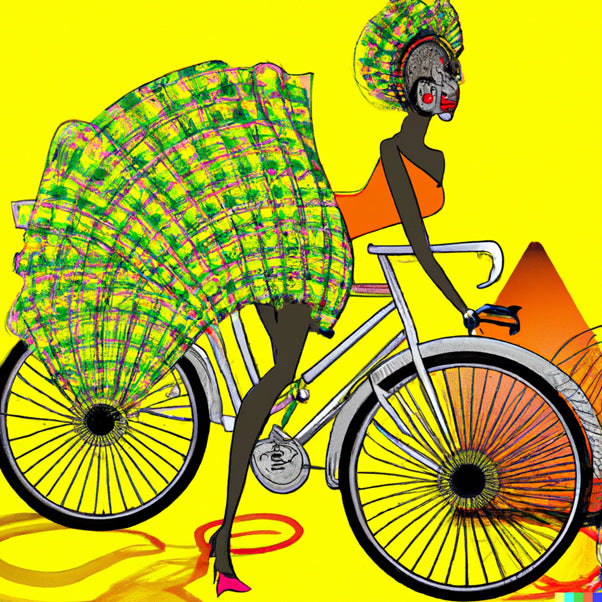As the fashion industry continues to grow, it's becoming increasingly important for businesses to transition to a circular model. This means designing products and processes that are sustainable, and that minimize waste and the use of resources.
Gone are the days when fashion was all about fast, cheap, and disposable clothing. Today, consumers are demanding more sustainable options, and businesses are starting to take notice. By embracing a circular model, fashion companies can not only reduce their environmental impact, but they can also improve their bottom line.
So, what does a circular fashion business model look like? It starts with the design of products. Rather than creating clothing that is only meant to be worn once or twice, a circular fashion business focuses on designing garments that are durable, versatile, and easy to repair. This not only reduces waste, but it also encourages customers to buy higher-quality, longer-lasting clothing.
 Another key component of a circular fashion business is the use of sustainable materials. This means sourcing fabrics from responsible, environmentally-friendly sources, and using natural, biodegradable materials wherever possible. It also means finding ways to repurpose and recycle materials, so that nothing goes to waste.
Another key component of a circular fashion business is the use of sustainable materials. This means sourcing fabrics from responsible, environmentally-friendly sources, and using natural, biodegradable materials wherever possible. It also means finding ways to repurpose and recycle materials, so that nothing goes to waste.
Finally, a circular fashion business model is all about reducing the overall consumption of clothing. This means encouraging customers to buy fewer, higher-quality items, and to take care of the clothes they already own. It also means offering services like repair and alteration, so that customers can extend the life of their clothing.
In short, transitioning to a circular fashion business model is a win-win for both the environment and the bottom line. It's time for the fashion industry to embrace this new way of doing business, and to start creating clothing that is sustainable, durable, and responsible.
There are several steps that a fashion brand can take to adopt circularity in its design process and production, and selling:
- Focus on designing durable, versatile, and repairable clothing: Rather than creating clothing that is only meant to be worn once or twice, a circular fashion brand focuses on designing garments that are built to last. This not only reduces waste, but it also encourages customers to buy higher-quality, longer-lasting clothing.
- Use sustainable materials: A circular fashion brand sources fabrics from responsible, environmentally-friendly sources, and uses natural, biodegradable materials wherever possible. It also looks for ways to repurpose and recycle materials, so that nothing goes to waste.

- Encourage customers to buy fewer, higher-quality items: A circular fashion brand encourages customers to buy fewer, higher-quality items, and to take care of the clothes they already own. It also offers services like repair and alteration, so that customers can extend the life of their clothing.
- Consider a circular business model: A circular fashion brand considers adopting a circular business model, which focuses on reducing waste and the use of resources throughout the entire product lifecycle. This can involve partnering with other businesses to create closed-loop supply chains, and offering take-back and recycling programs for customers.
In conclusion, adopting circularity in the design, production, and selling of fashion products is an important step towards creating a more sustainable industry. By focusing on durability, sustainability, and reducing consumption, fashion brands can not only reduce their environmental impact, but they can also improve their bottom line.

